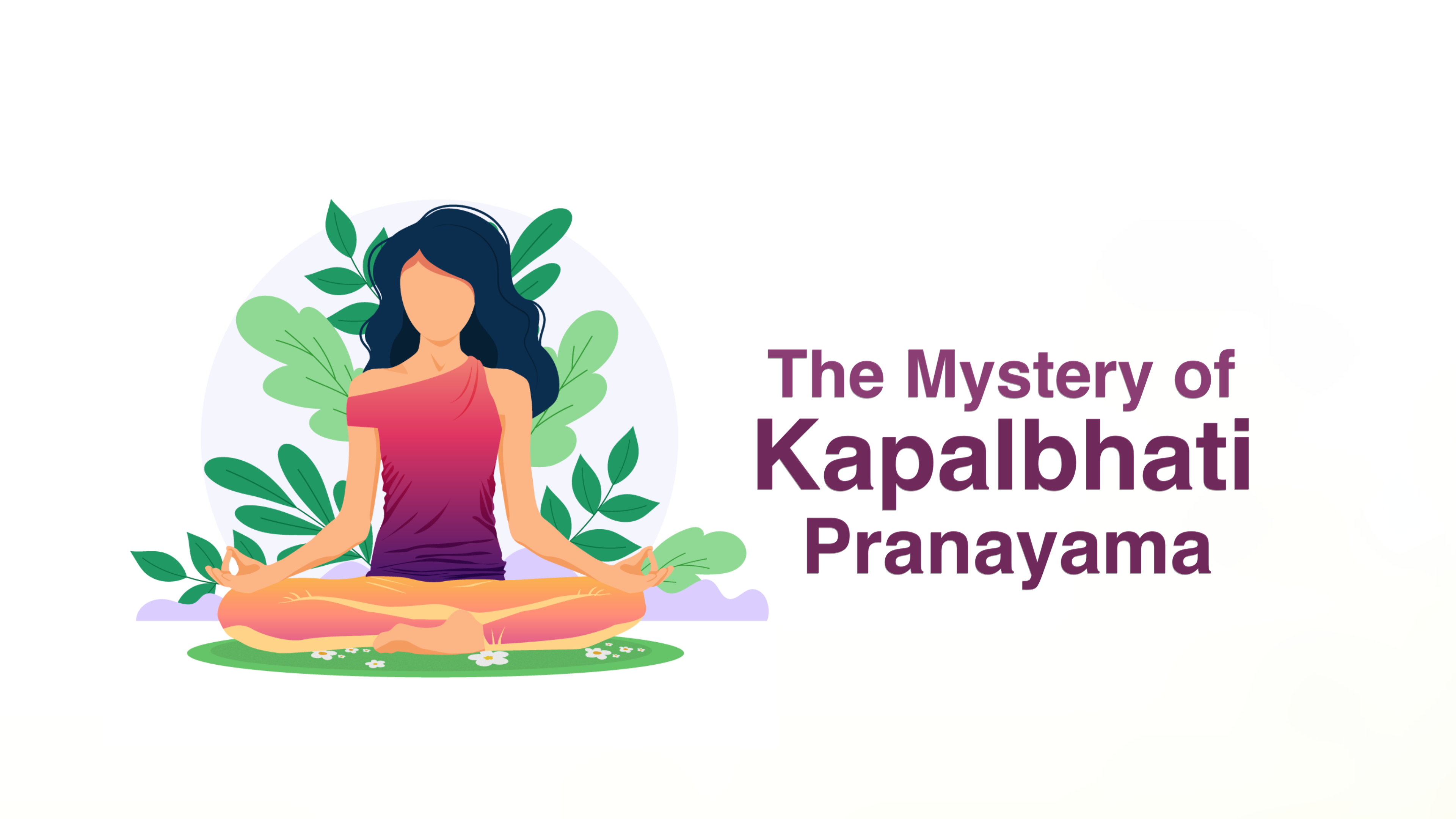
The Truth Of Kapalbhati
4 years ago By Yogi AnoopBenefits of Kapalbhati pranayama and ways to perform it
'Kapal' means head while 'bhati' means to cleanse; together, the term means an act that purifies and cleanses the head and the mind. This pranayama technique impacts the front portion of the brain which affects the eyes and the area tied to the sinus and associated problems. I have observed that practising Kapalbhati may even help in alleviating nasal blockages and issues related to nasal bones. 🧘♂️
Kapalbhati is a beneficial practice, however, it must not be done throughout the year. People belonging to Vata and Pitta constitution must do it sparingly unless advised otherwise. However, it is very beneficial for people of Kapha nature or those who have problems related to cold and sinus.
Kapabhati is broadly divided into two:
Sthool Kapalbhati
Sookshma Kapalbhati
The former is similar to sneezing, in fact, sneezing is something that does not happen whenever desired, therefore yogis incorporated a similar technique that mimics sneezing to periodically cleanse the system, stave off a range of ailments and boost immunity.
Ways to practise sthool kapalbhati
Sit in padmasana or siddhasana with your hands placed on your knees and eyes closed. Now, begin practising Kapalbhati in a similar fashion as you would sneeze. Keep breathing in and while breathing out forcefully push the air out, do this in quick intervals. Make sure that while exhaling, your stomach must deflate and your mouth is shut. Practice a round of 12, then relax. Begin by doing two rounds of twelve with a break in between. After 15 days of practice, you may increase this to 48 times, that is four rounds of 12. One must practise this under strict guidance, especially if one is looking at increasing the number of counts beyond 48. 🧘♀️
Benefit 😮💨
The practice cleanses and detoxifies the body as it helps eliminate carbon dioxide in large amounts from the body
Supplies oxygen to the brain easily hence it eliminates unnecessary thinking
Relieves constipation
Improves digestion
Helps in tackling asthma, phlegm, bronchitis and tuberculosis
Acidity, excessive bile and belching are controlled
Heart and lungs get strengthened
Helps control or tackle obesity
Things to keep in mind
Before doing any pranayama, one must keep an eye on its precautions to reap maximum benefits.
People with high blood pressure must not practise this
Those with hernia must also avoid it
If you experience dizziness or heaviness in the head, immediately stop the practice and consult your guru
It must be done on an empty stomach
At the end of pranayama, very carefully loosen and calm your senses, for this the help of 'Yoga Nidra' should be taken. Lie down on your back with your eyes closed for 5 minutes. Practice relaxing the eyes, forehead completely. After a few minutes, you may resume your normal routine.
Recent Blog
Copyright - by Yogi Anoop Academy
